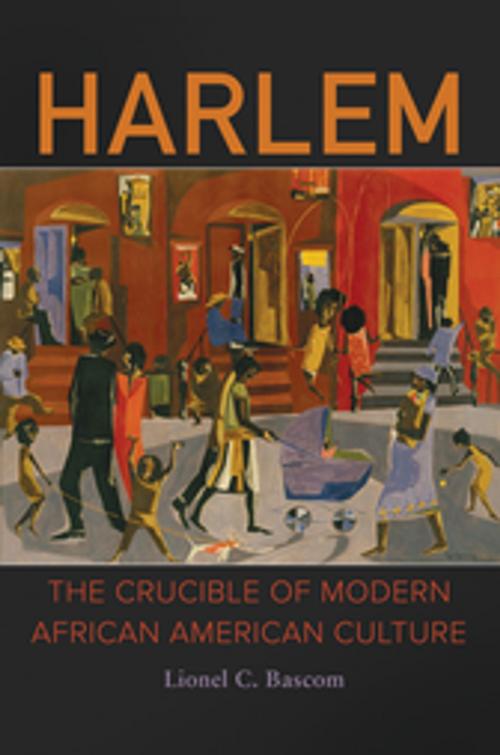Harlem: The Crucible of Modern African American Culture
Nonfiction, Social & Cultural Studies, Social Science, Cultural Studies, African-American Studies| Author: | Lionel C. Bascom | ISBN: | 9781440842696 |
| Publisher: | ABC-CLIO | Publication: | December 12, 2016 |
| Imprint: | Praeger | Language: | English |
| Author: | Lionel C. Bascom |
| ISBN: | 9781440842696 |
| Publisher: | ABC-CLIO |
| Publication: | December 12, 2016 |
| Imprint: | Praeger |
| Language: | English |
Focusing on the contributions of civic reformers and political architects who arrived in New York in the early decades of the 20th century, this book explores the wide array of sweeping social reforms and radical racial demands first conceived of and planned in Harlem that transformed African Americans into self-aware U.S. citizens for the first time in history.
• Documents the Harlem Renaissance period's important role in one of the greatest transformations of American citizens in the history of the United States—from slavery to a migration of millions to parity of achievement in all fields
• Extends the definition of one of the most progressive periods in African American history for students, academics, and general readers
• Provides an intriguing reexamination of the Harlem Renaissance period that posits that it began earlier than most general histories of the period suggest and lasted well into the 1960s
Focusing on the contributions of civic reformers and political architects who arrived in New York in the early decades of the 20th century, this book explores the wide array of sweeping social reforms and radical racial demands first conceived of and planned in Harlem that transformed African Americans into self-aware U.S. citizens for the first time in history.
• Documents the Harlem Renaissance period's important role in one of the greatest transformations of American citizens in the history of the United States—from slavery to a migration of millions to parity of achievement in all fields
• Extends the definition of one of the most progressive periods in African American history for students, academics, and general readers
• Provides an intriguing reexamination of the Harlem Renaissance period that posits that it began earlier than most general histories of the period suggest and lasted well into the 1960s





![Cover of the book The World of Ancient Egypt: A Daily Life Encyclopedia [2 volumes] by Lionel C. Bascom](https://www.kuoky.com/images/2016/november/300x300/9781610692304-RhjK_300x.jpg)



![Cover of the book A Global History of the Nuclear Arms Race: Weapons, Strategy, and Politics [2 volumes] by Lionel C. Bascom](https://www.kuoky.com/images/2013/april/300x300/9781440800955-eOkM_300x.jpg)


![Cover of the book Encyclopedia of African Colonial Conflicts [2 volumes] by Lionel C. Bascom](https://www.kuoky.com/images/2016/november/300x300/9781598848373-mzx1_300x.jpg)


